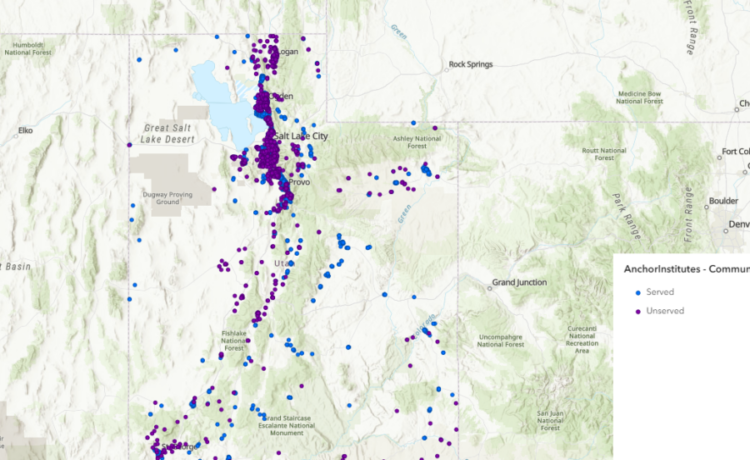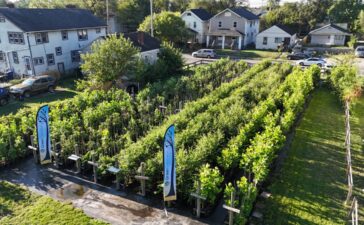SALT LAKE CITY — On Monday, organizers of a plan to bring high-speed internet to the most remote corners of Utah announced the federal government signed off on the funds to make it happen.
They said this will mean a big boost for the Beehive State economy, by connecting tens of thousands of households and businesses to reliable, affordable internet.
For a state that relies on tourism and agriculture in its furthest reaches, it’s those areas that often have the worst internet connection according to Monday’s press conference.
“Our rural communities and small towns are the backbone of our state,” said Jim Grover, managing director of Economic Growth for Utah Governor’s Office of Economic Opportunity.
‘Internet for All’
He said their goal is to deliver high-speed internet to every household in Utah, as part of the “Internet for All” program.
Courtney Dozier, Deputy Director for the Broadband Equity, Access, and Deployment Program under the National Telecommunications and Information Administration said the NTIA has been working closely with states and territories on proposals that could be awarded a piece of the $42 billion set aside for broadband equity, access, and deployment.
On Monday, she announced the NTIA accepted Utah’s “Internet for All” bid.
The state will have access to more than $317 million dollars of grant money to begin connecting more than 40,000 unserved homes and businesses in Utah to high-speed internet.
“It means Utah can now move from planning to action,” Dozier said. “Specifically, it means they can request to begin sub-grantee selection: Who’s going to build and upgrade a reliable, affordable, high speed internet network across the state?”
It’s not just about getting households up to speed.
Community Anchor Institutions
A map created by the state shows countless unserved Community Anchor Institutions that do not have access to reliable internet dotting cities and towns across the state. Community Anchor Institutions include entities such as schools, libraries, health care facilities, public safety entities, institutions of higher education, public housing organizations, and community support organizations, and may include community action agencies, senior community centers, local rural or Tribal government buildings, employment centers, and faith-based organizations.
Another map shows where the best and worst internet speeds are in the state.
Rebecca Dilg with the Utah Broadband Center said that some of the communities that will specifically benefit from the $317 million in connectivity and upgrades are in central and southeast Utah.
“There are definitely some locations where we can do more,” she said. “We’re looking in some of the smaller rural counties. I know Piute, Wayne, San Juan County. The Navajo Nation is there, and there’s a great deficit in that area.”
Grover said that the economic benefits of broadband are “numerous and far-reaching.”
“Utah is becoming more and more known for its entrepreneurship,” he said. “Broadband connectivity allows individuals to start and grow their own business, regardless of location or the type of project they’re offering.”
Opening the door
He said it also opens the door to e-commerce, connects rural communities, and attracts new industries and investment to the state.
“By ensuring that every corner of Utah is well connected, we send a strong signal to companies looking to relocate or expand, and that we have the infrastructure in place to support their operation,” Grover said. “This, in turn, creates job opportunities and drives economic development in both urban and rural areas of our state.”
Lastly, he mentioned health care and telemedicine.
“We can bridge gaps between patients and health care providers and ensure quality medical care is accessible to all Utahns,” Grover said.
The state will open up grant applications for providers in the next few weeks and expects shovels to hit the ground to begin building those networks in about a year.
“We must address the digital divide,” Grover said, “and ensure that all communities in Utah have reliable and affordable broadband infrastructure.”















